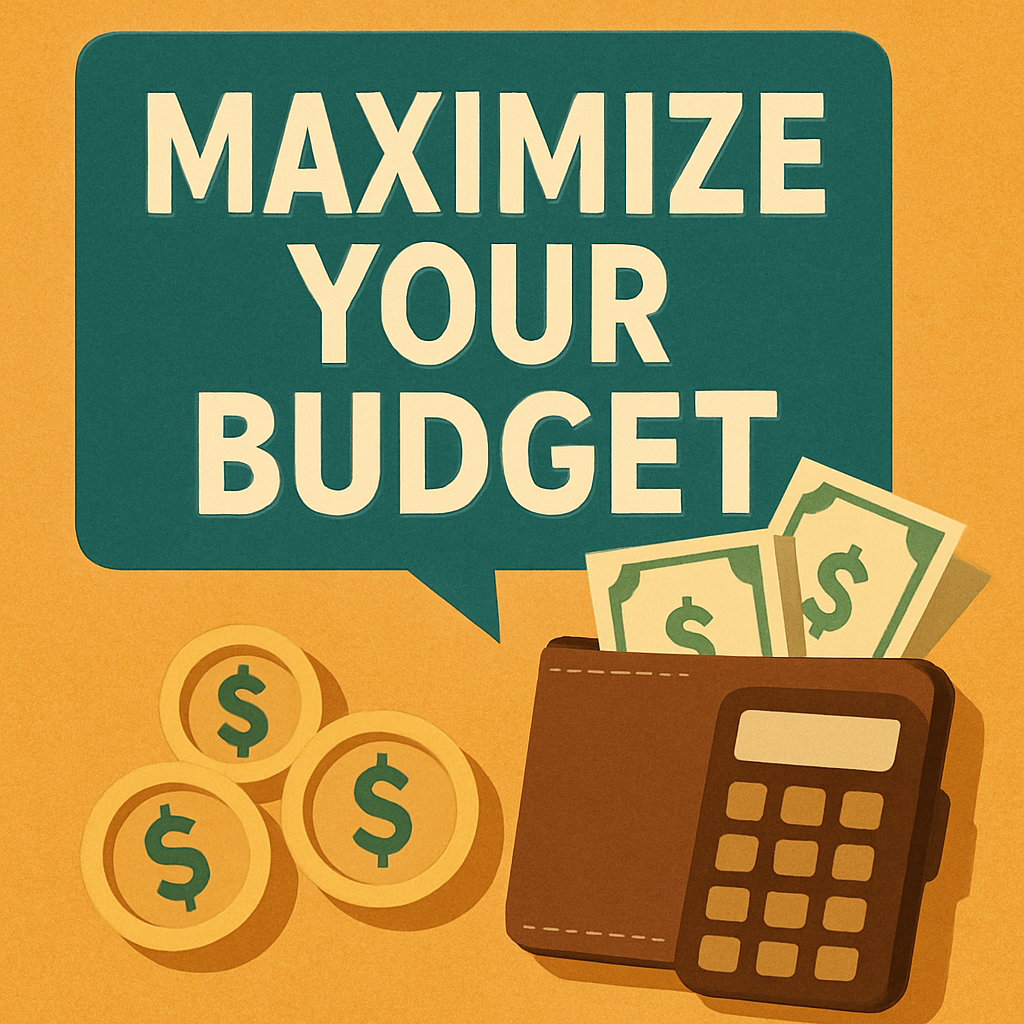According to webinars presented by industry experts such as TSNN, many different factors determine whether you will generate good leads and positive results from your trade show event, ranging from show selection to event strategy to post-show follow-up. Taking these factors into account involves advance planning, which should start a full year before the event.
Factor 1: Pick the right show to reach your target market. Consider asking your clients which shows they attend and why, and what they want to get out of each show. We recommend to our own clients that they create an email survey, which is simple to do these days, which poses show-related questions to the clients and prospects in their database. Are customers looking to solve a problem, find new vendors, touch products, see  demonstrations? Eighty percent of attendees, according to Exhibit Surveys, are in the market for something that the show brings. Find out what the attendees are looking for when they come into your booth and capture as much information as possible.
demonstrations? Eighty percent of attendees, according to Exhibit Surveys, are in the market for something that the show brings. Find out what the attendees are looking for when they come into your booth and capture as much information as possible.
Factor 2: Create an attention-getting exhibit design that draws prospects and customers into your space. Your exhibit layout and design need to be created based on your objectives for that show. Is your goal to create awareness of your company, drive leads, or develop relationships? Do you want to demonstrate new products, conduct a presentation, consult privately with clients, or all of the above? Your objectives will inform how best to gain the attention of your prospective buyers. The exhibit itself should be visually bold with color and images, with an open layout that is inviting to visitors.
Factor 3: Conduct a pre-show promotion to help drive prospects to your booth. A recent trend is to send a mailing or email that offers to make a donation to a charitable cause for every prospect who visits your booth. Cause-related marketing not only makes the person feel good about coming to your booth, but also allows your company to align itself with a great cause, which is truly a win-win situation. Other pre-show promotions include a contest or give-away, which may be a drawing for a valuable prize, which allows you to collect information about prospects on their entry forms.
Factor 4: Choose theright booth staff to manage your space. Your booth workers should actually want to be there, demonstrate a good attitude, be hardworking, and know your product, customers, and industry. Each staff member should be prepared to share your company’s “elevator speech,” which, in less than two minutes, should demonstrate how your company’s products or services may solve your prospects’ problems. Of course, it’s also important to ask questions of your visitors, so you know exactly what they need.
Factor 5: Execute an event strategy to generate leads. Make sure every booth staff has an agenda and schedule of their work times along with the objectives of the show. Make it fun and exciting for the people who will be on their feet for most of the day. Your booth staff needs a game plan on what to say to each visitor and what you plan on doing with the information you gather. If you have a lead scoring system, make sure everyone knows the definition of the scores and how to document that data. Always gather as much information as you can from the prospect without wasting their time and yours. To make sure you connect one-on-one with key people, set up breakfast, lunch or dinner meetings with clients and prospects.
Factor 6: Follow up on leads within two weeks. Make sure to evaluate and prioritize the leads you obtained and follow up quickly. Give your “A” and “B” leads to your sales representatives to contact by phone. Follow up on the “C” and “D” leads with an email or regular mail with company literature to help guide prospects toward future sales. With input from your booth staff, write a summary of the event for future planning, including what worked and what should be changed. It is also helpful to put together a spreadsheet to document the costs and determine whether you met your ROI goals.
If you plan for all of these factors, chances are good that you will have a positive and productive show every time. Download our guide, Planning for Trade Show Success, for more information!
To view previous webinars hosted by TSNN, visit their website at http://www.tsnn.com/






